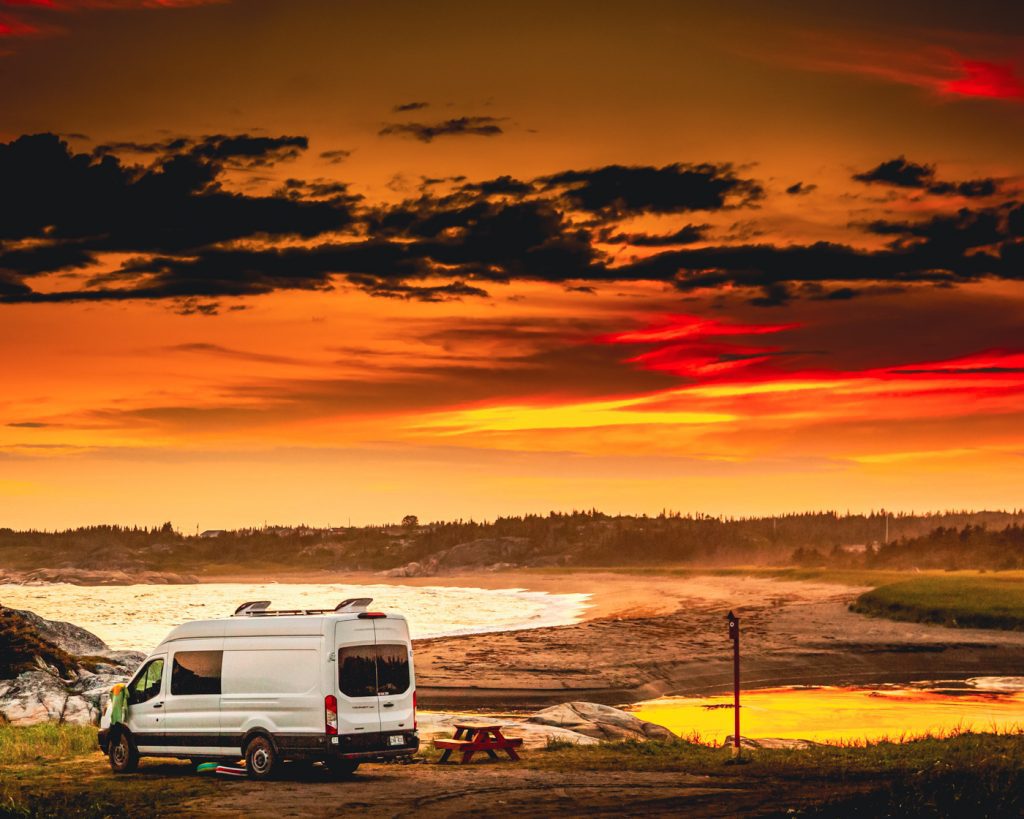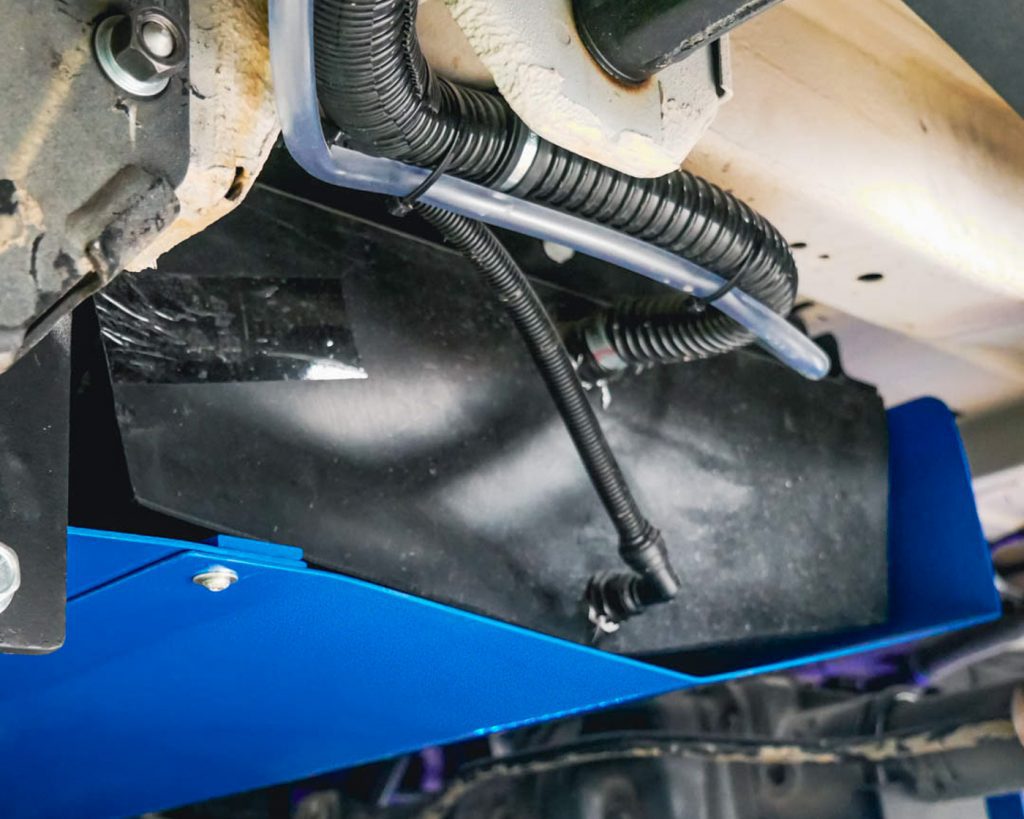Australia’s national parks are a true gem, showcasing a stunning array of natural wonders—from breathtaking coastal cliffs and lush rainforests to the rugged outback and fascinating wildlife. Exploring these diverse landscapes in a motorhome allows you to enjoy the comforts of home while adventuring on the road.
To help make your journey smooth, safe, and sustainable, we’ve put together some friendly tips to keep in mind. Just remember, this guide is meant to provide general advice. It’s always a good idea to do your own research and check for the latest information before you hit the road.
Motorhome-Friendly National Parks Around Australia
While not all national parks cater to larger vehicles, there are plenty across Australia that are motorhome-friendly. Here are some highlights to consider for your trip:

1. Victoria
- The Grampians National Park: Known for its dramatic sandstone peaks, this park offers spacious campsites like Halls Gap that cater to motorhomes.
- Wilson’s Promontory: One of the most scenic coastal parks, with camping areas equipped for larger vehicles.

2. New South Wales
- Kosciuszko National Park: Perfect for alpine scenery lovers, many campsites here have motorhome access.
- Royal National Park: Just south of Sydney, this park offers stunning walks and motorhome-accessible campgrounds.

3. Queensland
- Fraser Island (K’gari): While the island is known for 4WDs, there are car parks and base areas accessible for motorhome travellers, such as Rainbow Beach.
- Lamington National Park: Offers green rainforests and sites like Binna Burra with motorhome-friendly camping.

4. Western Australia
- Karijini National Park: Known for its gorges and vibrant red landscapes, this park accommodates larger vehicles in certain campsites.
- Cape Range National Park: A coastal paradise near Ningaloo Reef with well-equipped motorhome camping spots.

5. South Australia
- Flinders Ranges: Combines rugged outback experiences with accessible campgrounds for motorhomes.
- Coorong National Park: A unique wetland ecosystem ideal for birdwatching with motorhome sites available.

6. Tasmania
- Freycinet National Park: Famous for Wineglass Bay, it includes campgrounds suited to motorhomes.
- Cradle Mountain-Lake St Clair National Park: Provides stunning wilderness scenery and designated RV-friendly sites.
The rules and facilities vary from park to park, so make sure to research thoroughly before hitting the road.
Tips for Navigating the Parks Safely
When driving a motorhome through national parks, it’s crucial to understand weight, size restrictions, and terrain challenges. Here’s how to prepare:
1. Be Aware of Vehicle Size and Weight Limits
- Check park guidelines or signage for vehicle size restrictions, as narrow roads or low bridges may be inaccessible to large motorhomes.
- Stay within the legal weight limits for your vehicle to ensure both safety and compliance.
2. Drive Slowly and Cautiously
- Many national park roads are unsealed or have wildlife crossings. Keep your speed low to avoid accidents.
- Be extra cautious when navigating hills, sharp turns, or dirt tracks.
3. Stay Prepared with Maps and GPS
- GPS devices may not always have updated routes to remote parks. Carry a paper map or download offline navigation tools.
- Always fill up on fuel before entering parks, as petrol stations may be scarce.
4. Park Responsibly
- Use designated parking and camping areas designed for motorhomes to avoid damaging fragile ecosystems.
- Ensure your parking spot allows enough room for manoeuvring your larger vehicle.
Eco-Friendly Travel Practices
National parks are protected areas, so it’s our responsibility as travellers to minimise our environmental impact. Here are eco-friendly tips to follow:
1. Follow Leave-No-Trace Principles
- Carry out all rubbish, including food scraps, which can harm wildlife.
- Avoid picking plants, feeding animals, or disturbing natural habitats.
2. Use Biodegradable Products
- Opt for eco-friendly toiletries and cleaning products in your motorhome.
- Avoid using excessive chemicals that could harm the environment when disposing of greywater.
3. Limit Water and Energy Use
- Use solar panels to power your motorhome instead of relying on generators.
- Conserve water by using low-flow taps and being mindful of your usage.
4. Stick to Designated Trails
- Avoid creating new paths or off-road driving, as this can damage vegetation and disturb animal habitats.
Permits and Park Fees to Keep in Mind
Before entering most Australian national parks, you’ll need to check permit requirements and associated costs:
1. Park Entry Fees
Most parks charge per day or per vehicle. Multi-entry passes or season tickets are a cost-effective option for frequent travellers.
2. Camping Fees
Many motorhome-compatible campgrounds within parks require advance booking and payment. Some even include facilities like power, water, and showers.
3. Special Permits
Certain activities, such as fishing or 4WDing, may need extra licences or permits. Familiarise yourself with local rules to avoid fines.
4. Book in Advance
During peak seasons or holidays, campsites can fill up quickly. Reserve your spot online, where possible, to secure your place.
Finding Pet Sitters on the Road
Many national parks in Australia do not allow pets to protect native wildlife. This can pose challenges for motorhome travellers with pets, but there are solutions:
1. Use Pet-Sitting Services
- Apps like Mad Paws or Pawshake connect you with trusted pet sitters who can look after pets while you explore.
- Drop your furry friends at a nearby kennel or boarding facility if available.
2. Team Up with Fellow Travellers
- If travelling in a group, take turns entering the park while someone watches over the pets.
3. Explore Pet-Friendly Options Nearby
- Many parks have areas just outside their boundaries where pets are allowed. Research nearby trails or campgrounds that welcome pets.
4. Prepare Pet Essentials
- Ensure your pet has everything they need to remain happy and comfortable while being cared for temporarily, including food, bedding, and toys.
Final Thoughts
Exploring Australia’s stunning national parks in a motorhome is an amazing adventure just waiting for you! To help you make the most of it, here are some friendly tips. You can travel safely, lessen your environmental impact, and fully appreciate the breathtaking landscapes this wonderful country has to offer.
Don’t forget, it’s important to do your own research! From planning your route to finding pet-sitting solutions, a little preparation will go a long way in ensuring your trip is both smooth and memorable.
Pack your essentials, double-check your permits, and get ready for the adventure of a lifetime in the heart of the Australian wilderness! Happy travels!



